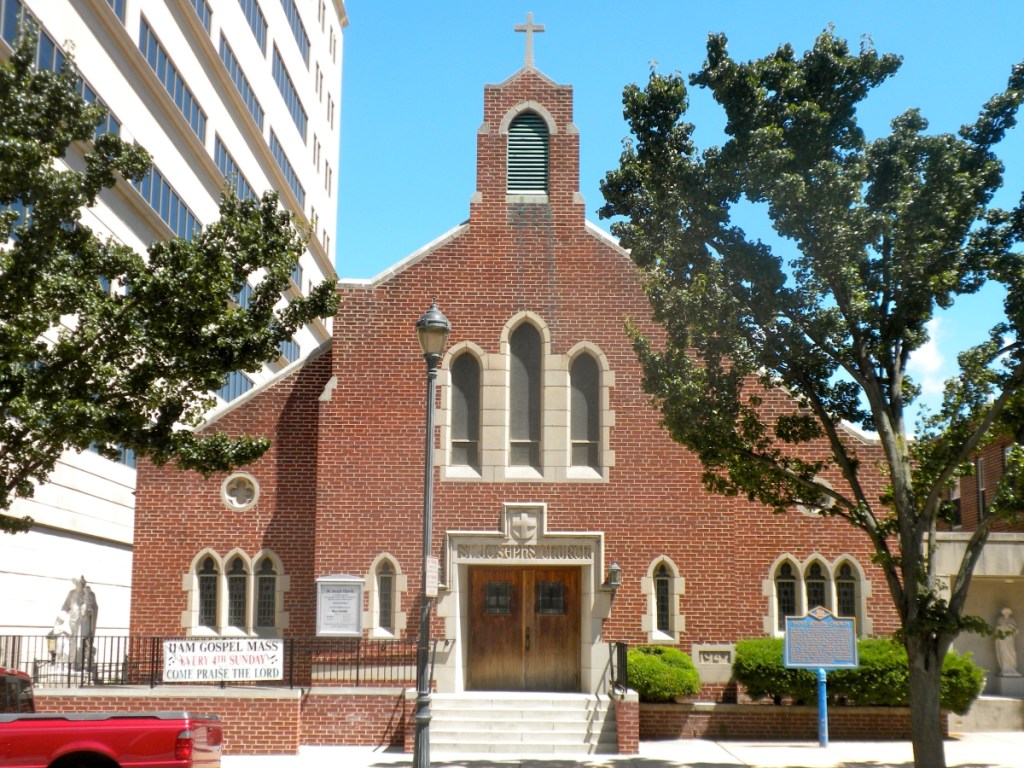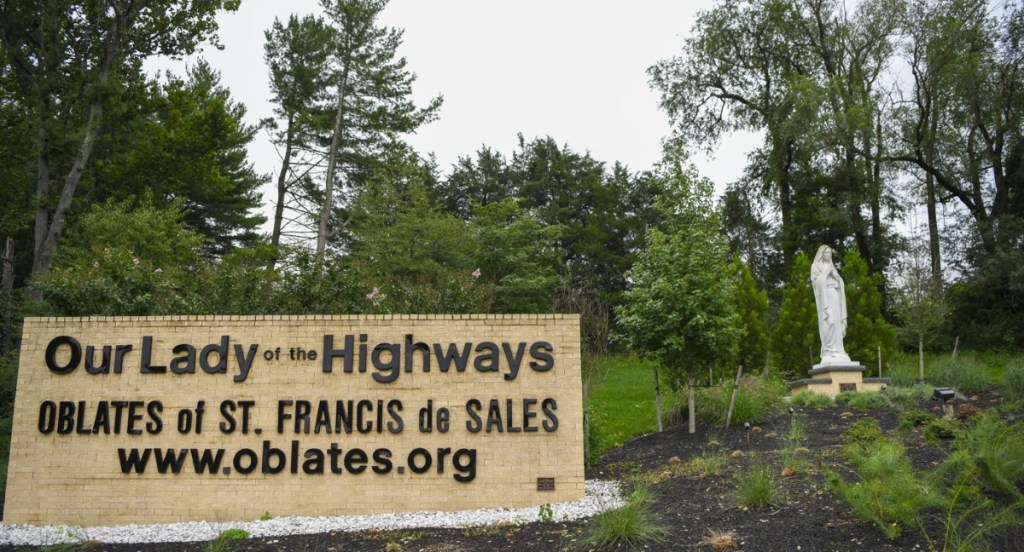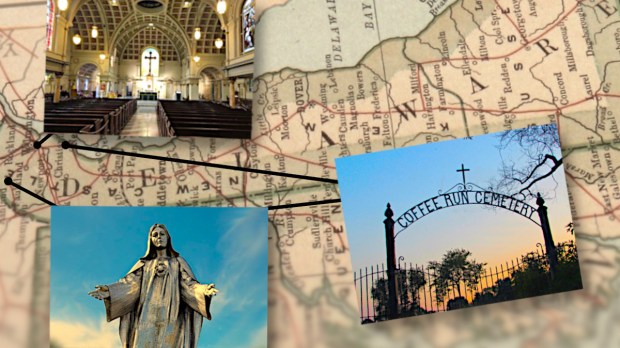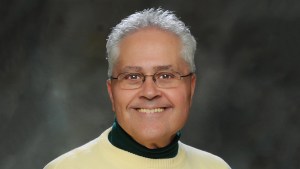Catholics have made a home in Delaware since the 1700s. The first record of Delaware Catholics shows that Jesuits from Cecil County, Maryland, founded a mission there in the Forest of Appoquinimink (now Blackbird) in 1740, and a second Jesuit mission was established south of Dover in 1747 in the area known as Willow Grove. This community was made up of three families (the Cain, Reynolds, and Lowber families).
From just those three families in the 1700s, the population of Delaware Catholics has grown to about 25,000 today. Delaware is one of the smallest states by population, with only about 1 million residents, and some 22% of these are Catholic.
Delaware’s Diocese of Wilmington was established in March 1868. It comprised at the time all of the Delmarva Peninsula, which includes the entire State of Delaware, the nine counties of Maryland and the two counties of Virginia east of the Chesapeake Bay.
If you live in Delaware or find yourself visiting the area, check out these special Catholic sites that you won’t want to miss.
1
The Cathedral of St. Peter, Wilmington
The Cathedral of St. Peter is the mother church of the Roman Catholic Diocese of Wilmington. Located in the Quaker Hill Historic District of the city, this parish was established in 1816 with an extraordinary history.
You can read about the parish’s history in this fascinating document compiled for its 200th anniversary, but one of the most notable stories from its founding is the role of Andrew and Laurette Noel, a formerly enslaved Black couple who were instrumental in establishing the parish. He was a barber, and she was a midwife, both highly respected professions, and their prominent place in the community was remarkable at a time when slavery was legal in Delaware. “The Noel home was a haven for Catholic itinerant priests,” this historical document tells us, and “The Noels led the movement to establish St. Peter’s in 1816.”
After Andrew’s death, his widow and three of their daughters joined the Oblate Sisters of Providence in Baltimore, an order founded by Mother Mary Lange and devoted to the care and education of African American children. (We’ve written before about this remarkable order.)
The whole story of this exceptional family and their faithful support for the Catholic Church in Delaware is incredibly inspiring, and it’s intimately linked with the Cathedral of St. Peter. Their story inspires great curiosity about the Catholic community in Delaware in the late 1700s and early 1800s: Clearly there was something very special going on there, as this formerly enslaved couple, living in a slave state, felt called to champion the Catholic cause there. One wishes there were more information available about the Noel family and their era!
2
St. Francis Xavier Shrine (Old Bohemia), Warwick
St. Francis Xavier Church, or Old Bohemia, is a historic Roman Catholic church located at Warwick in Cecil County, Maryland. It is located on what was once the Jesuit estate known as Bohemia Manor.
Although it is technically in Maryland, it is part of the Wilmington, Delaware, diocese. St. Francis Xavier Church was founded in 1704, making it one of the earliest Catholic establishments in the English Colonies, and it is listed on the National Register of Historic Places. Since the church is the oldest institution in the area that now comprises the Catholic Diocese of Wilmington, Old Bohemia is truly the Mother Church of the Wilmington diocese.
The plantation was clandestinely established to minister to the scattered Catholics throughout what is now Cecil County, MD, the entire Delmarva Peninsula, and southeastern PA when Catholicism was outlawed in the English Colonies. It has had quite the history over the centuries, and you can read more about it here. Should you visit, don’t miss the historical museum on the grounds.

3
St. Joseph Catholic Church, Wilmington
Between the Noel family helping to establish St. Peter’s Parish (now Cathedral) in 1816 and the end of the Civil War, Jim Crow laws were invented and fundamentally changed the makeup of the local Catholic community. In the late 1800s, Black Catholics in Wilmington did not have a church of their own and were segregated from the white parishioners in other churches by Delaware’s Jim Crow Laws. As a result, in 1889, Bishop Alfred A. Curtis invited the Society of St. Joseph to Wilmington to minister to the African American community.
The first Pastor was Father John de Ruyter, SSJ, who started St. Joseph Church with 50 parishioners. Father de Ruyter raised funds to build St. Joseph by preaching at other churches. The church became known as “the cradle of African-American Catholicism in Delaware.” In the following years Father de Ruyter added an orphanage and a school, among whose alumni was Herman M. Holloway Sr., the first African American to serve in the Delaware State Senate.
4
Our Lady Queen of Peace Statue at Holy Spirit Church, Historic New Castle
In 1982 a priest from California commissioned artist Charles Parks to create a giant statue of Our Lady of Peace. Mr. Parks’ studio is located in Wilmington, Delaware, and because of the tremendous interest in the Madonna, the statue was displayed in Wilmington before it was moved to a permanent site in California. Thousands of people came to view this awesome statue of Mary and were saddened when she left the Wilmington area.
Then in 1998, a man from Chicago commissioned Charles Parks to build another breathtaking statue of Our Lady of the Millennium. This time the Madonna was again temporarily exhibited on the newly developed Riverfront in Wilmington where throngs of people viewed her before she was taken to Chicago.
The desire to have a sculpture of Our Lady by Charles C. Parks grew in the hearts of many people who viewed the two statues and culminated into an organized commitment to have a “Mary of our own” in Delaware. A dedicated campaign followed of prayers (tens of thousands of rosaries!) and fundraising. You can read the full story here, but the happy result was that Delaware now has its own 30-foot statue of Our Lady Queen of Peace.

5
The Shrine of Our Lady of the Highway, Wilmington
Millions of motorists pass this 12-foot marble statue of Our Lady every year, but few know the story behind it. It began in 1968, on a foggy October night, when seven automobiles collided on interstate 95, just a few yards from a house of the Oblates of St. Francis de Sales. Many Oblates assisted the injured and dying on this busy highway.
Later, the Oblates erected a statue of our Lady as a tribute to those who died, and as a reminder to all motorists to drive safely. This monument was dedicated as a Shrine to Our Lady of the Highways to invoke Mary, Christ’s mother, as the protector of travelers. Thus began a spiritual movement called “Mary’s Travelers” that asks the Mother of Jesus to intercede and protect travelers across the country.
BONUS SITE
Coffee Run Cemetery
A frequent guest in the Noel family’s home was the Reverend Patrick Kenny, who was the first true pastor of St Peter’s Parish in Wilmington. But first he served as the pastor of St. Mary of the Assumption Church, the first Catholic church in Delaware.
Today, the site of that first church is seen by thousands of drivers each day who pass the iron gate on Route 48 marked “Coffee Run Cemetery.” Only that gate, a cemetery and a ruined barn remain at the site. A 1933 state historical marker on the shoulder of the roadway states the following:
St. Mary’s Church, site of the first Catholic Church in Delaware, usually called “Coffee Run Church.” Land purchased 1772 by Rev. Matthias Manners. First church erected shortly thereafter. Last church erected by Rev. Patrick Kenny. Remained standing until 1908. Services discontinued in 1884 upon erection of churches at Hockessin and Ashland.
The full story of Father Kenny’s selfless sacrifice for his flock is well worth reading, and you can find it here. This devoted and long-suffering priest “endured low pay, long days of traveling on primitive roads, and persistent ill health, but faced it all with both humor and deep devotion.”



